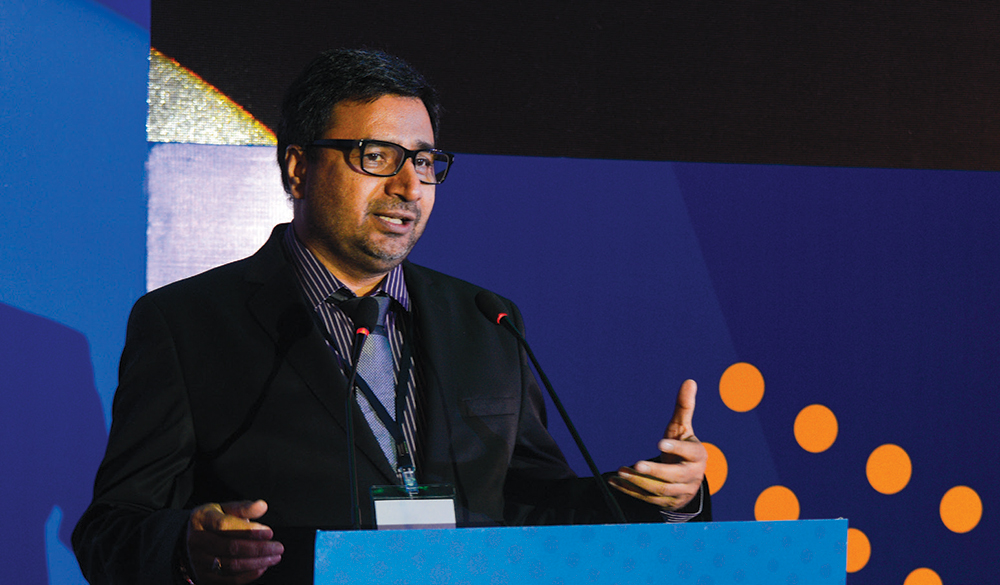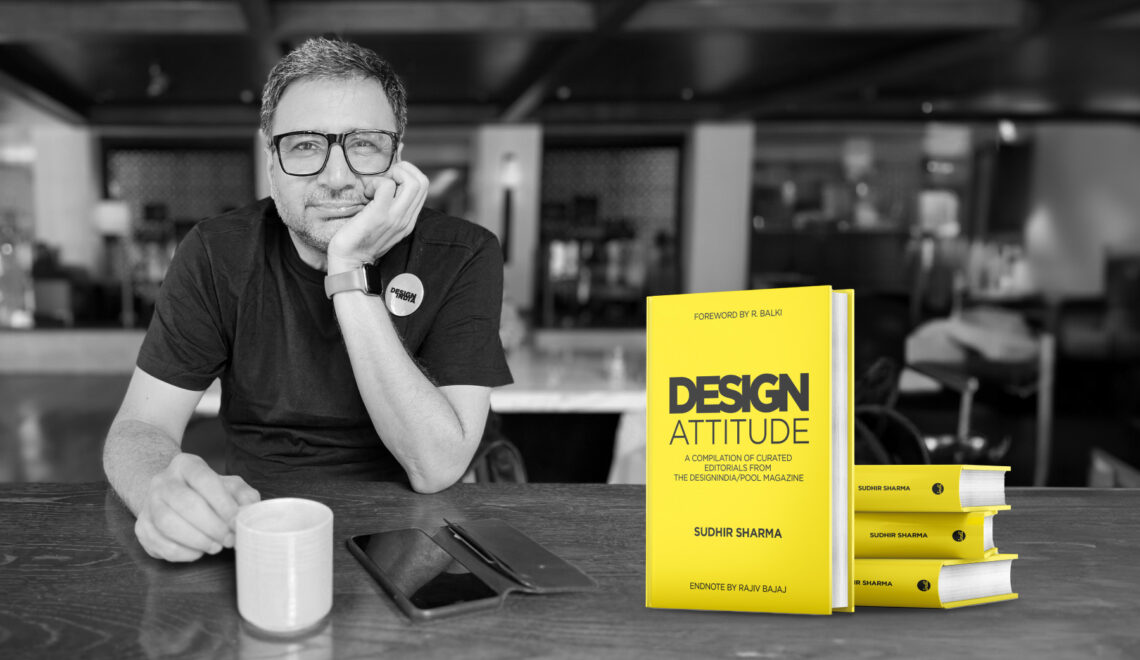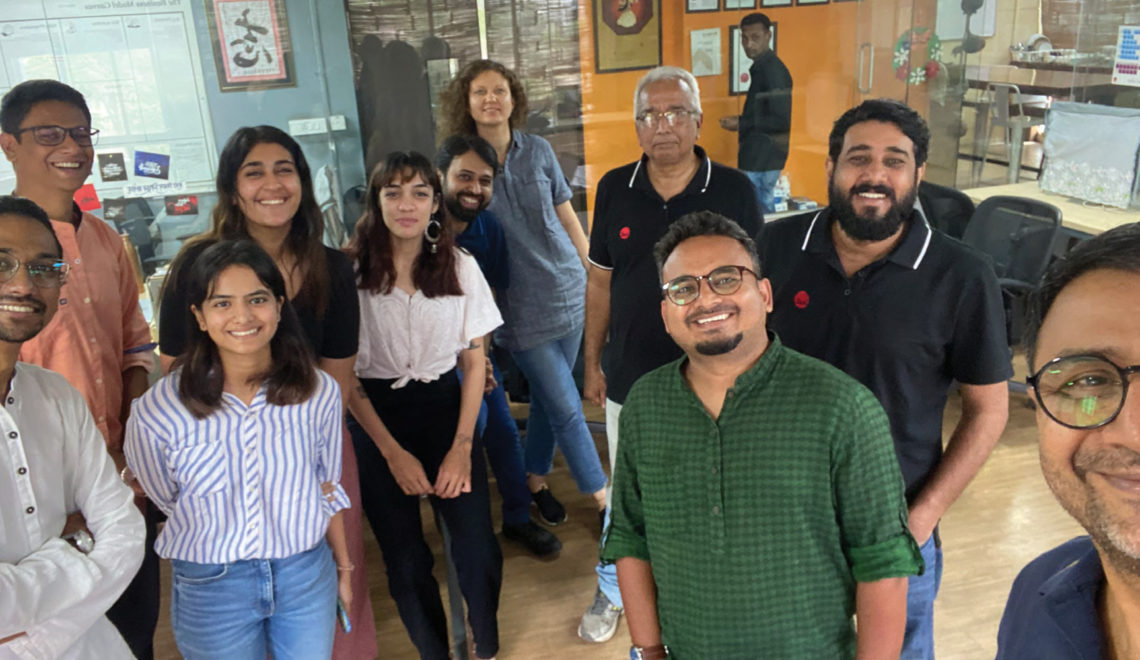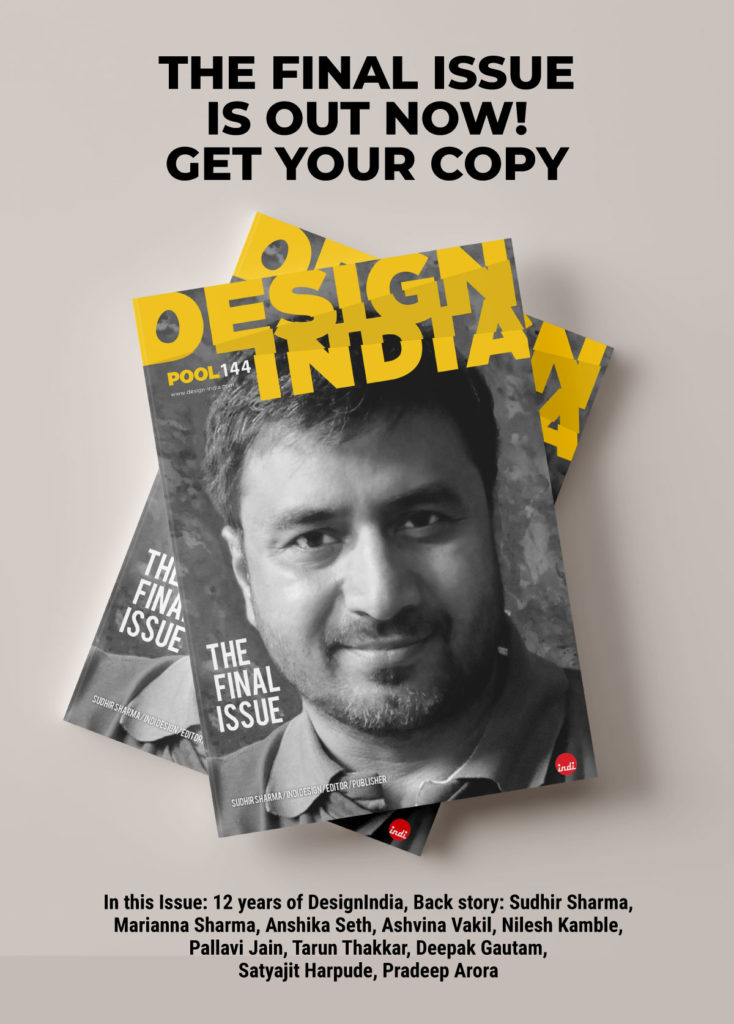Often the easiest way to problem-solve in a situation is to identify the current situation, determine the aspiration (what the situation should be), locate the gap, and then go about preparing how to fill that gap. Sounds very simple and logical. Except that both ends are not definitive. The future is always debatable, and aspirations can get complex to decipher when we have too many stakeholders in that future. Dropping a pin on how far in the future you should think also becomes an issue.
On the other end, assessing a current scenario is a brutal job. Designers can be ruthless when looking at the reality of a current situation; they tend to present it as a mistake or a problem, very often pointing fingers in the process. So much so that such analysis brings about a lot of negativity in the current atmosphere. Presenting the current is always a political question, which many designers neglect.
The gap fulfillment is always a strategic decision. You would need much more than your design skills to be able to present a solution that truly fills the gap. Whether someone will agree with your solution depends on how much they trust you. This trust will depend on how aligned you are to how they see their current and aspired situations. This is why I say every designer has to be a researcher and dreamer at the same time, with a super firm grip on design methods and skills.
Sudhir Sharma, Editor-in-Chief
Get your print copy of POOL 74 from Indipool Shop or read digital version on Magzter right away!


















